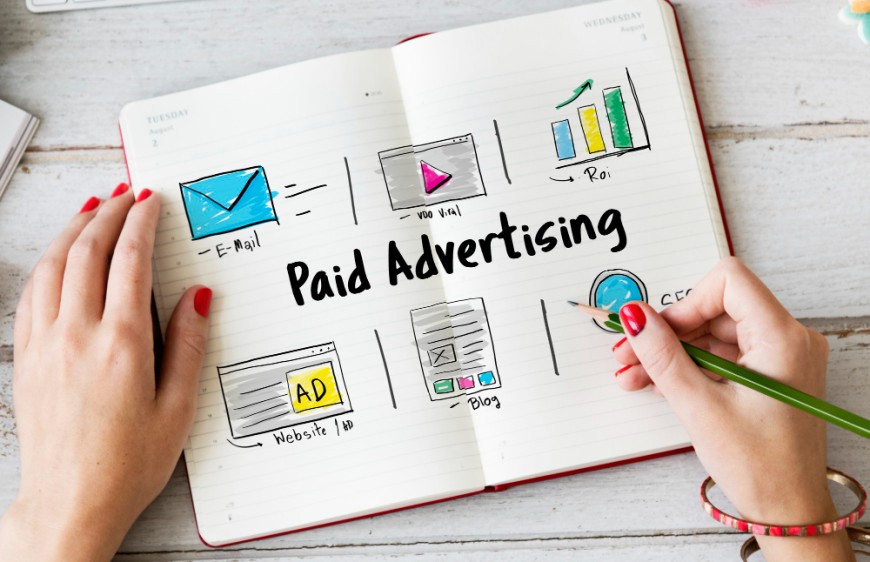If you’ve looked into brand messaging, you’ve probably come across the StoryBrand method.
Created by Donald Miller, StoryBrand helps companies simplify their message by making the customer the hero of the story and positioning the brand as the guide.
It’s a great approach—clear, structured, and easy to follow. But like any framework, it has its limits. It works well for some businesses but can fall short for others.
I’ve seen founders try to apply StoryBrand only to realize their brand becomes too generic, their messaging too restrictive, or their positioning too weak to stand out.
If you’re in B2B, have a complex product, or want to build a founder-led brand, you might need more than what StoryBrand offers.
Here’s where the StoryBrand method can hold you back—and what to do instead.
1. Over-Simplification: When Clarity Becomes Constraint
StoryBrand’s biggest strength—clarity—is also its biggest limitation. The framework follows a simple arc:
→ Your customer is the hero.
→ They have a problem.
→ Your brand is the guide that helps them solve it.
→ They achieve success.
This works well for straightforward consumer products, like a skincare brand that helps people achieve clear skin. But what if you’re selling an enterprise SaaS product with multiple use cases? Or a consulting service where each client’s journey is different?
Let’s say you run a cybersecurity firm that serves both Fortune 500 companies and small tech startups. These two audiences have different problems, budgets, and decision-making processes. Trying to force both into a single hero’s journey can feel unnatural.
Instead of limiting your messaging to a one-size-fits-all story, you might need a more layered approach—one that accounts for different customer personas, sales cycles, and industry nuances.
2. One-Size-Fits-All Approach: Not Every Business Is a Fairytale
StoryBrand pushes a universal formula that works well for consumer brands and direct-to-customer sales. But if every company follows the same script, differentiation becomes a challenge.
For example, if two SaaS companies selling CRM software both use StoryBrand, their messaging might sound identical:
- “You’re struggling to manage your customer relationships.”
- “We help you stay organized and close more deals.”
- “With our platform, you’ll hit your sales targets.”
That might be true, but it’s also vague and interchangeable.
If your competitors are using the same framework, your brand risks blending into the noise instead of standing out. Instead, you need a positioning strategy that highlights what makes you unique—your specific process, expertise, or philosophy.
3. Lack of Depth in Positioning: In Danger of Being Forgettable
StoryBrand is great at making messaging clear but not always great at making it memorable. When you strip messaging down too much, you risk losing what makes your brand interesting.
A strong brand needs more than just clarity—it needs a distinct point of view. It should make people stop and think, “This company sees the world differently.”
Take a company like Basecamp. They don’t just sell project management software; they take a stand against overwork and complexity. That’s what makes their brand unforgettable.

If they followed StoryBrand to the letter, they might end up with a generic “We help teams stay organized” message that lacks personality.
To stand out, you need more than just a simple story—you need a unique perspective that people remember.
4. Limited Brand Personality Expression: Stripping Away Character
StoryBrand encourages brands to use clear, direct language—which is great. But it also tends to flatten brand voice.
Because the framework is so structured, many companies end up sounding the same: friendly, helpful, and a little too polished.
But strong brands have a personality. They have a distinct way of speaking, whether that’s bold, witty, authoritative, or casual.
A financial consultant who’s known for their no-nonsense, straight-talking style shouldn’t force themselves into the warm, nurturing guide archetype just because StoryBrand suggests it. Instead, they should lean into their natural voice—whether that’s direct, humorous, or thought-provoking.
If you want to stand out, your brand’s personality needs room to shine. StoryBrand doesn’t always allow for that.
5. Transactional Focus: Great for Direct Response, Weak for Brand Building
StoryBrand is designed to drive action. It’s great for website copy, sales pages, and conversion-focused messaging. But strong brands aren’t just built on transactions—they’re built on relationships, reputation, and trust.
If all your messaging is focused on solving an immediate problem and closing a sale, you miss out on the bigger picture:
→ Thought leadership
→ Community building
→ Long-term brand affinity
For example, if you’re an executive coach, your ideal client might not be looking for coaching today—but they could be six months from now. If all your content is designed for quick conversions, you miss the opportunity to nurture that relationship over time.
Instead of just using StoryBrand’s sales-driven messaging, mix in content that positions you as a trusted expert—blog posts, LinkedIn content, podcasts, or video series that provide value even before someone is ready to buy.
6. Neglects Founder-Led Personal Branding
StoryBrand positions the customer as the hero, which works well for traditional businesses. But if you’re a founder who’s building a personal brand, you need a different approach.
Your audience doesn’t just buy from your company—they buy from you. Your voice, your experience, and your insights matter.
Say you’re a startup founder looking to attract investors, talent, or partners. Your LinkedIn content needs to showcase your expertise—not just position your company as a solution provider.
Founder-led branding requires a mix of storytelling, thought leadership, and personal opinions—things that don’t always fit neatly into the StoryBrand structure.
7. Doesn’t Account for Multi-Stakeholder Sales in B2B
Most B2B sales involve multiple decision-makers—CFOs, CTOs, procurement teams—all with different concerns. StoryBrand is built for a single customer journey, which makes it less effective for these complex sales cycles.
For instance, if you’re selling HR software, your HR buyer might care about usability, while the CFO is focused on cost savings. A simple hero’s journey doesn’t account for these nuances.
Instead of trying to fit all stakeholders into one story, you need tailored messaging that speaks to each decision-maker’s priorities.
8. Limited Content Adaptability: Not Built for Social Media & Thought Leadership
StoryBrand works well for static copy—like websites and brochures—but it’s not designed for ongoing content marketing.
LinkedIn, Twitter, newsletters, and podcasts require fresh content that sparks engagement, debate, and conversation. StoryBrand’s rigid format can feel repetitive and limiting.
If all your LinkedIn posts follow the same customer-hero arc, they’ll start to blend together. Thought leadership requires more than just a predictable formula—it requires unique insights, fresh takes, and sometimes even contrarian opinions.
To build an engaged audience, you need a more flexible content strategy that goes beyond a single storytelling framework.
When to Use StoryBrand—and When to Move Beyond It
StoryBrand is great for companies that need a simple, clear way to communicate what they do. But it’s not the right fit for every brand.
If you need to differentiate in a crowded market, build a personal brand, or sell complex solutions to multiple stakeholders, you need more than just a basic storytelling formula.
The best approach? Take what works from StoryBrand—clarity and structure—but don’t let it box you in. Build on it with unique positioning, thought leadership, and a strong brand personality. That’s how you create a message that not only converts but also lasts.





